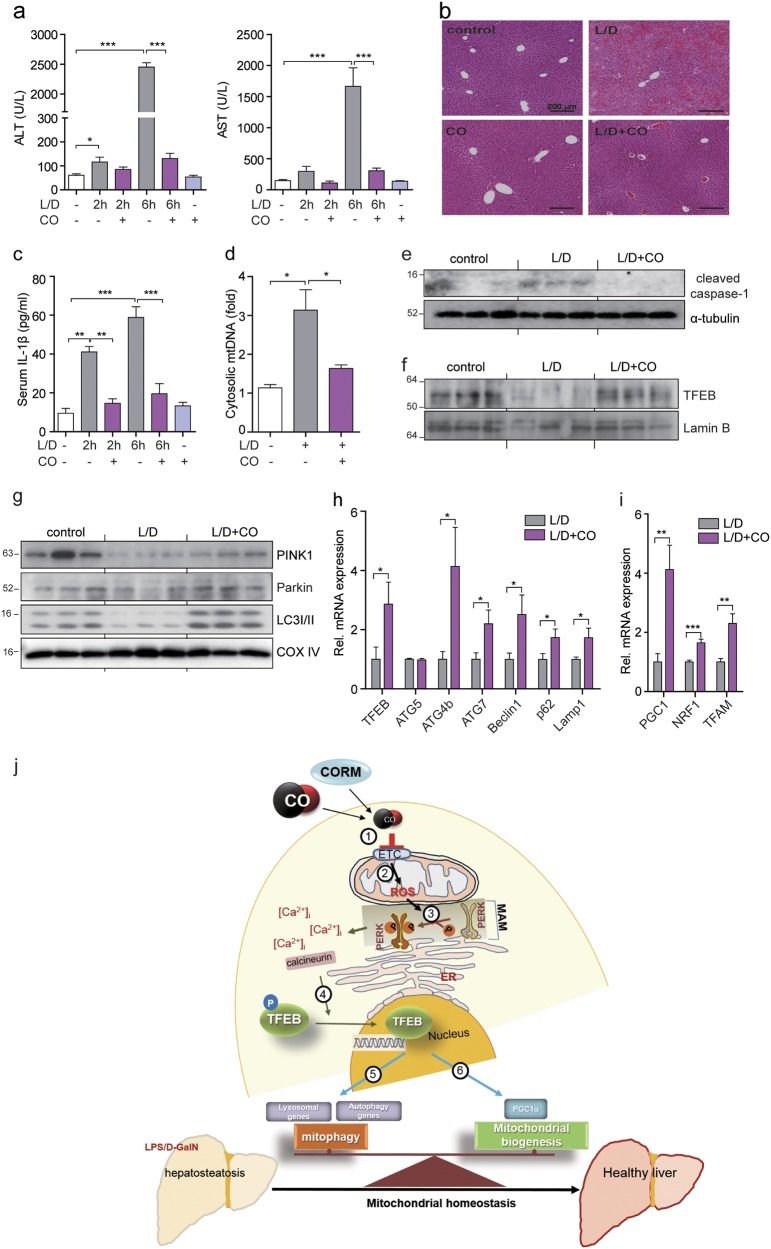Fig. 6. CO attenuates mitochondrial dysfunction-derived sterile inflammation through TFEB-mediated mitophagy and mitochondrial biogenesis.
Mice were exposed to LPS/D-galactosamine (D-GalN) with or without CO (250 ppm, 2 h/day) pretreatment, the blood and liver samples were collected 2 h and 6 h (b–i) after LPS/D-GalN administration. a The levels of ALT and AST were determined. Data are shown as mean ± SEM (n = 5). ***P < 0.001. b Liver sections were stained with H&E for morphological evaluation. c The levels of serum IL-1β were measured by ELISA. Data are shown as mean ± SEM (n = 4). **P < 0.01. ***P < 0.001. d Cytosolic mtDNA amounts in liver tissues were measured by qRT-PCR. Data are shown as mean ± SEM (n = 4). *P < 0.05. e Cleaved caspase-1 in cell lysates isolated from liver tissues was analyzed by immunoblotting. f The level of nuclear TFEB in liver tissues was determined by immunoblotting. Lamin B served as the nuclear standard. g Mitochondrial fractionation in liver tissues was analyzed by immunoblotting using antibodies against PINK1, Parkin, and LC3B-II. COX IV was used as marker for mitochondrial fractions. h, i The levels of autophagy-related genes and lysosomal genes (h) or mitochondrial biogenesis-associated genes (i) expressed in liver tissues were analyzed by qRT-PCR. Data are shown as mean ± SEM (n = 4). *P < 0.05, **P < 0.01. ***P < 0.001. j A scheme for the mechanisms of attenuating LSP/D-GalN-induced liver failure by CO through maintaining the balance between mitophagy and mitochondrial biogenesis. CO/CORM inhibits complexes of the mitochondrial respiratory chain (1) and then induces mitochondrial ROS (mtROS) production (2). Increased mtROS leads to PERK activation in the mitochondria-associated membrane (MAM) (3). The phosphorylation of PERK by mtROS increases intracellular calcium concentration. The activation of calcineurin by increased [Ca2 + ]i causes dephosphorylation of TREB (4), followed by its translocation into the nucleus. The nuclear translocation of TFEB increases the expression of genes involved in mitophagy (5) and mitochondrial biogenesis (6)

